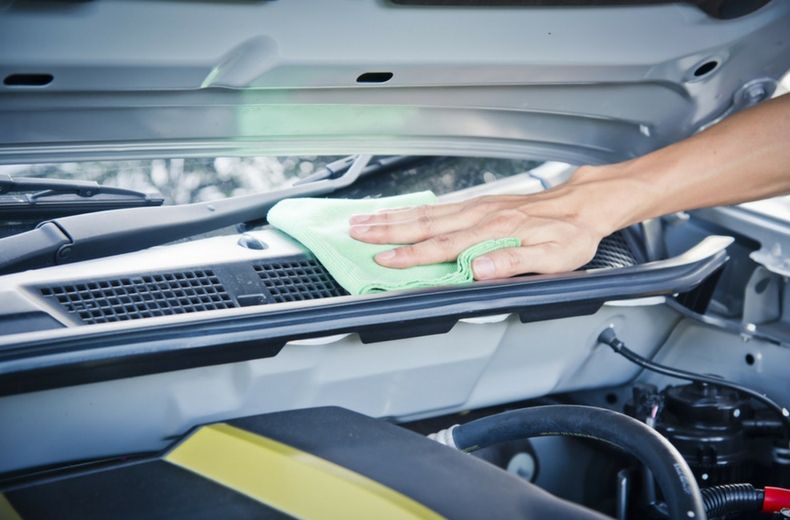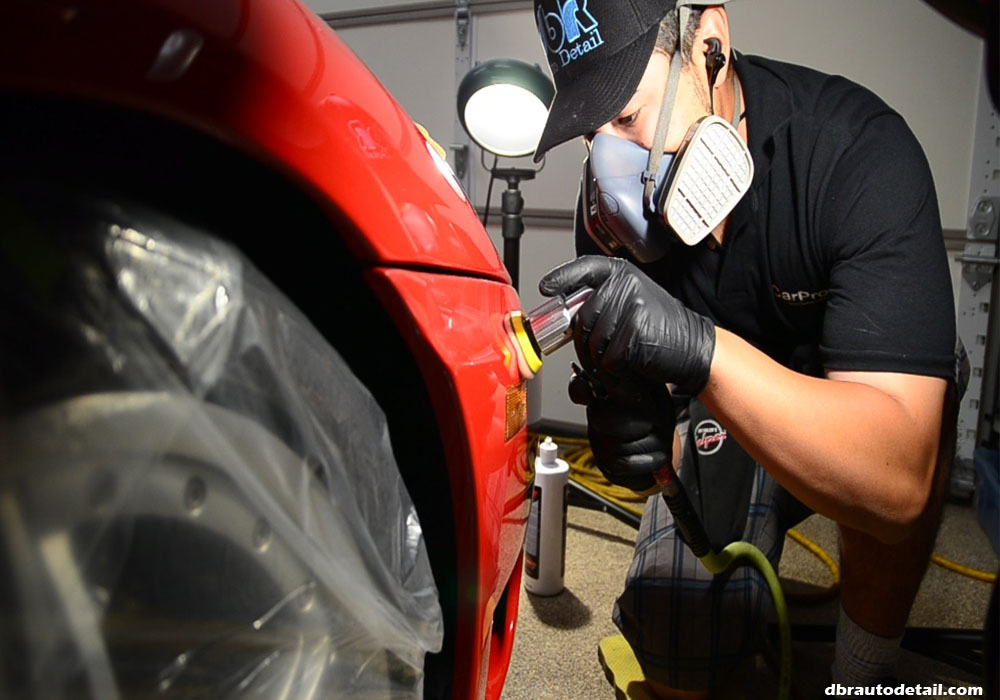Your ability to steer your auto is influenced by its alignment. In case your wheels are misaligned, you may find your self struggling to help keep your automobile straight or turn corners. You are going to also notice your treads wearing prematurely.

There are several components that play a part in your car’s alignment, such as caster, camber, and toe. Hitting a speed bump or pothole can throw any of them out of balance. Within this post, we’ll check out how every single of these components influence your vehicle’s steering response along with the wear of one’s tires.
The Influence Of Caster And Camber
Caster and camber may very well be hard to visualize if either of them is unfamiliar to you. The former is really a measurement involving the front tires’ steering axis. Image the tire from the side. The steering axis’s centerline is vertical by way of the center with the tire. Caster measures the tilt of your axis. When the axis is tilting forward, caster is negative. In the event the axis is tilting backward, it really is constructive. Most makers set it in between optimistic 2 and 5.
While an unbalanced caster will influence the handling of the vehicle, it rarely causes premature tread wear. A typical challenge is that the setting for certainly one of the front wheels is additional constructive than the other. In such cases, the automobile will pull for the side in the latter.
Camber measures the tilt of each wheel’s centerline when observed in the front. When the best on the wheel recommendations inward toward the vehicle’s center, camber is adverse. When the wheel ideas outward, camber is constructive. Companies commonly set it amongst zero and unfavorable 2.
Like caster, camber influences your car’s handling. Having said that, additionally, it impacts tread put on. If camber is as well damaging, the treads on your tires will wear additional swiftly along the inner edge. If it is actually also good, the put on will happen along the outer edge. Too much camber in either direction will also put a strain in your vehicle’s suspension.
How Toe Affects Your Tires And Steering
Toe measures the degree towards the front of the tires point inward or outward in relation to the rear of the tires when observed from directly overhead. If the front in the wheels point inward, there would be toe in. If they point outward, there could be toe out. If your wheels pointed forward on parallel axes, toe will be zero. Automakers set the default toe differently, depending on a vehicle’s drivetrain as well as other elements.
If toe is adjusted poorly, your treads will put on prematurely. You’ll also expertise understeer with excessive toe in and oversteer with excessive toe out. Understeer can be a situation even though cornering in which the radius of the vehicle’s path is greater than intended. Oversteer is really a condition (once again, although cornering) in which the rear tires slide toward the outer edge from the turn. Both situations can impair your vehicle’s steering response.
Other Factors At Perform
Caster, camber, and toe would be the most common culprits behind alignment complications. Nonetheless, other variables, for example the ride height, wheelbase, and track, also can play a role. Your car’s ride height refers towards the distance amongst the ground and your car’s frame. Some drivers modify this height aftermarket. Other times, it can be affected by worn springs and shocks.
The wheelbase measures the distance amongst the center of the front wheel as well as the center in the rear wheel. Aside from special situations, it need to by no means be modified.
Lastly, track measures the distance among the center of the wheels that share an axle. It may be modified with offset wheels, but carrying out so excessively can have unfavorable consequences.
Your vehicle’s alignment influences your fuel efficiency, the life of the tires, plus the all round steering response and handling of one’s automobile. In case you think any in the above products are misaligned, have your mechanic adjust them back to their correct settings.




